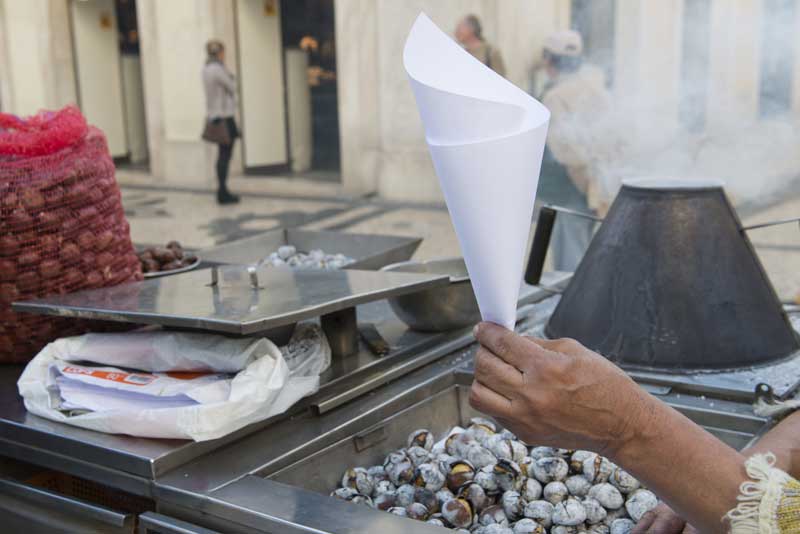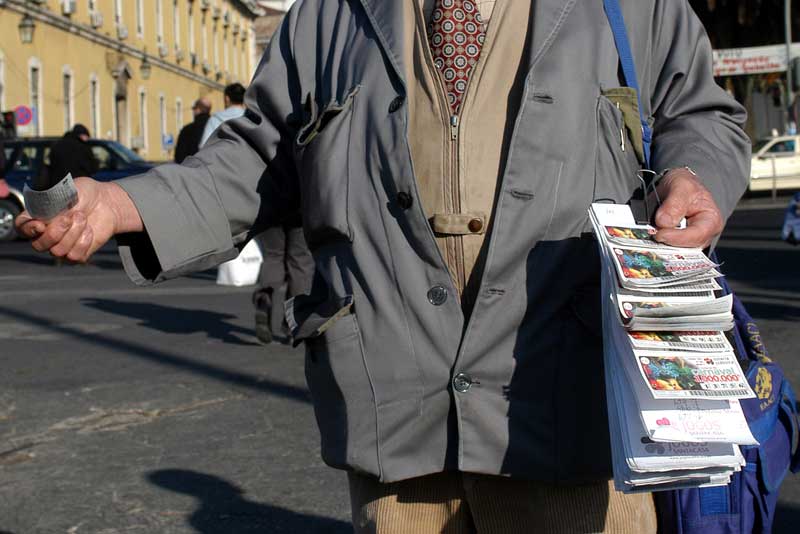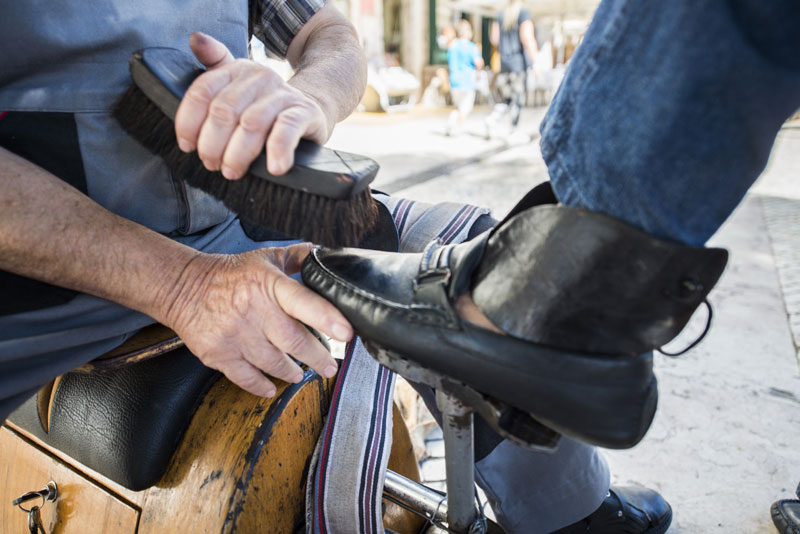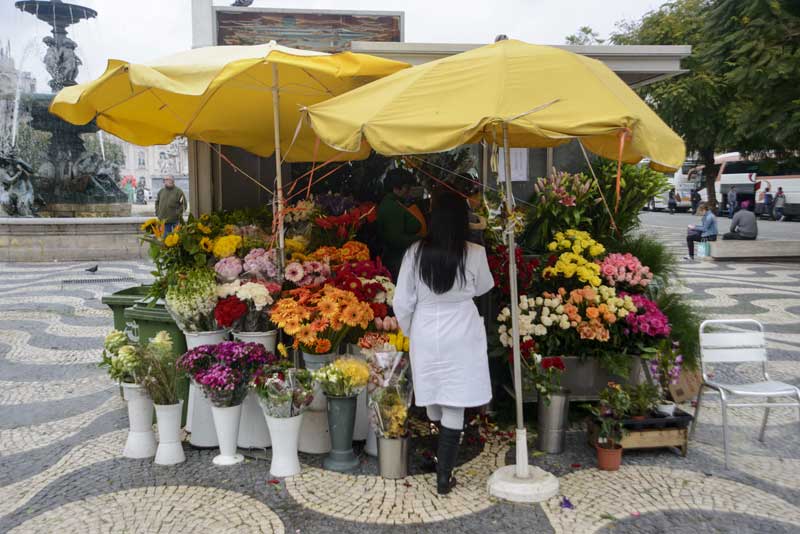Typical Figures Lisbon
The grinder blows the harmonica in its consecutive tones, from severe to acute and vice versa, to announce its arrival. Customers appear at windows or the doors of buildings. They want to know how much it costs to sharpen a knife or scissors. On a modified bike, the grinder executes its work while peddling de bike.
The announcement of rain is mysteriously associated with the profession of the grinder, but sometimes it does not appear.
Grinder Materials
The assembly — set of parts for sharpening
Grinder stone
Screwdrivers
Hammers
Nails
Leather strap
Wheel for moving the belt
Toolbox
Cloth strips — to show that the instrument is in excellent condition
Work Performed
Repairs: beach, sun and rain umbrellas
Pliers: skin, nails
Scissors sharpening: sewing, grass and pruning
All kinds of knives
Repairs pots and pans
Repairs clay plates
The secret of roasted chestnuts turning white on the outside is to use coke coal and the fire at the right point, i.e. intense underneath but muffled up on top, slow-burning. Then, with the grill iron, separate the grill from the chestnuts on the stove and pour salt to smoke. Another secret is to stir the cinder doesn’t stick to the clay.
A dozen of chestnuts are placed on cones made of printed paper.
Materials for baking the chestnuts:
Cutter for cutting chestnuts
Fire stove
Clay roaster
Tongs
Straight iron to “stir the coal”, because the cinder tends to stick to the clay
Grill iron to lift the clay roaster, when the fire is strong
Shovel to pick up the coal
The monument to “Calceteiro”
The Monument to "Calceteiro" (Paver) is a work of tribute to this typical Lisbon figure.
School of Pavers
Founded by the City Council of Lisbon in November 1986 to renew the number of municipal pavers and disseminate the Art of Paving. The art of paving “squared”, the “unfolding of the stone” and the “dovetail” are techniques that the School of Pavers recovers in a profession genuinely Portuguese and closely linked to our cultural heritage.
On the initiative of the Santa Casa da Misericórdia de Lisboa, the sculpture O Cauteleiro (Lottery-ticket seller) in Largo Trindade Coelho was erected, in honour of one of the most symbolic figures of the city of Lisbon, on November 18, 1987. It was inaugurated with the celebration of the 204 years of the existence of the National Lottery.
In the heart of Lisbon, next to the famous Café Nicola or next to the National Theatre D. Maria II, you cannot remain indifferent to the shoeshine master. Sitting on his wooden stool, where he keeps all the artefacts, and leaning over the clients' feet, he cleans and, with his flannel shines the shoes of the customers.
Shoeshine man materials:
Box
Bank
Brushes
Greases and waxes
Ink (with a secret)
Brushes
Shinning cloths
Many saleswomen traded flowers in their makeshift wooden stalls next to the Rossio fountain. With colourful robes, aprons with large pockets and woollen cape at the back, wicker basket, resting on the hips, crying violets: “Sir! Sir a small bunch, for the loved one”..., and on the night of St. Anthony: “Look, at the beautiful basil!”
Valentine's Day, Mother's Day, Women's Day or other special days are occasions to make flower arrangements to offer. The 25 of Abril was one of the significant events that marked Lisbon, with the city decorated with red carnations bought from a street florist.
Materials of the florist:
Scissors
Pruning scissors
Pliers
Wire
Tape
Frames



